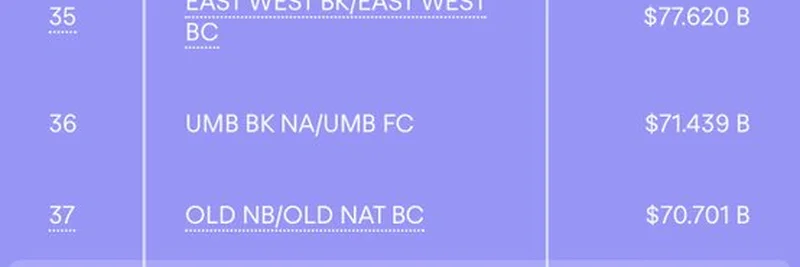In the fast-paced world of cryptocurrency, where tribalism often runs high between different blockchain communities, a recent event has sparked quite the conversation. On October 10, 2025, Stani Kulechov, the founder and CEO of Aave, shared an update on X (formerly Twitter) about the protocol's impressive handling of its largest stress test to date. Aave, for those new to DeFi—or decentralized finance, which is basically lending and borrowing crypto without traditional banks—managed to liquidate a whopping $180 million worth of collateral in just one hour. And get this: it all happened automatically, without a single human needing to step in.
This news came via a post from Stani, highlighting how Aave's infrastructure, built on Ethereum, held up under pressure with over $75 billion in total value locked (TVL). TVL is essentially the amount of assets deposited into the protocol, a key metric for gauging a DeFi project's size and health. The protocol's ability to process such massive liquidations flawlessly is a testament to Ethereum's maturity as a blockchain for serious financial applications.
But why the buzz? Well, enter the ETH vs SOL rivalry. Solana, often touted for its speed and low fees, has its fair share of fans who love to poke at Ethereum whenever there's a perceived stumble. In this case, some Solana enthusiasts—referred to cheekily in the thread as "salami and other sol dipshits"—were apparently celebrating what they saw as Ethereum's misfortune. Liquidations can sometimes cause market dips or volatility, and perhaps they viewed this event as a win for SOL. However, as pointed out by user @AgentChud in the original thread, this is actually a victory lap for Ethereum. Aave didn't break; it thrived under stress, proving that automated systems in DeFi can handle real-world scale without the outages that have plagued other chains like Solana in the past.
One reply in the thread even shared a screenshot from aavevsbanks.com, showing Aave climbing the ranks among traditional US banks by asset size—sitting at number 38 with nearly $70 billion. Another user quipped about it dropping to "68b now," but the point stands: DeFi on Ethereum is competing with legacy finance head-on.
Now, how does this tie into meme tokens? At Meme Insider, we're all about those viral, community-driven coins that capture the internet's zeitgeist. Meme tokens thrive on hype, but they also need reliable infrastructure to trade, lend, and leverage. Ethereum's DeFi ecosystem, with protocols like Aave, offers a battle-tested environment where you can borrow against your Pepe or Dogecoin holdings without fearing a network halt. Solana has exploded with meme tokens too—think Pump.fun and its endless launches—but its history of congestion during high-traffic periods can leave traders frustrated.
This event underscores why many meme token degens (that's crypto slang for high-risk traders) still prefer Ethereum for serious plays. If you're holding a hot new meme on SOL and the network clogs up during a pump, you might miss out on profits. On ETH, even during massive liquidations, things keep humming. It's not about picking sides blindly; it's about understanding what each chain brings to the table for your meme portfolio.
The thread also touched on broader sentiments, with replies calling out centralized exchanges (CEXs) as "shady" and expressing sympathy for those affected by the liquidations. Others dismissed the tribalism altogether, predicting moons for both ETH and SOL. It's a reminder that while rivalries make crypto fun, the real winners are protocols that deliver reliability.
If you're diving into meme tokens, keep an eye on DeFi events like this—they can signal which chains are ready for the next bull run. Whether you're team ETH or SOL, Aave's performance is a win for the entire space, pushing blockchain tech closer to mainstream adoption. Stay tuned to Meme Insider for more insights on how these developments shape the meme token world.




